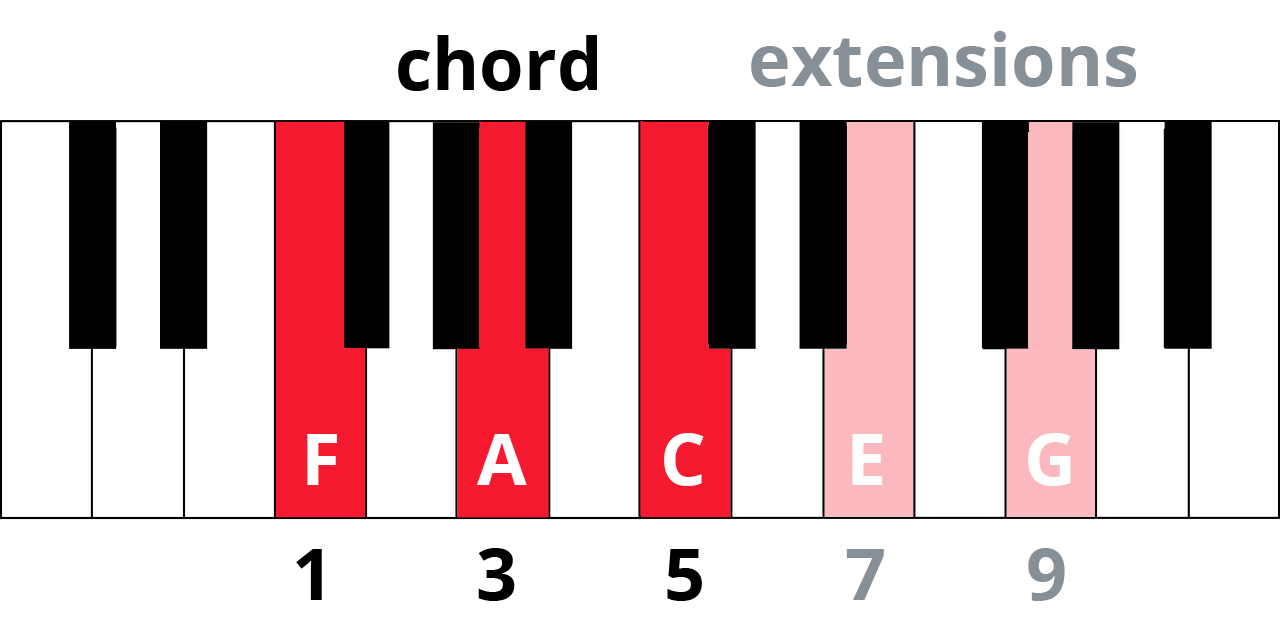TL;DR: Feeling stuck? Play something. Anything.
We all have days when we don’t feel like practicing. Days like these can feel frustrating because we all understand how important practice is. But we’re human! So it’s inevitable that you’ll have days you won’t want to practice.
YouTube piano star and Pianote Coach Sangah Noona has an easy-to-remember solution in situations like these: “Play something. Anything.”
Five minutes. Ten minutes. 30 seconds. It ALL counts.
Subscribe to The Note for exclusive interviews, fascinating articles, and inspiring lessons delivered straight to your inbox. Unsubscribe at any time.
When we think of improvisation, we tend to think of jazz experts like Jesús Molina who can pull incredible melodies out of thin air.
And while that’s a noble goal, you don’t need to be a virtuoso to improvise something beautiful. Just pick a small handful of notes and get creative. For example, try F-G-A-C-A-G. Then, try C-A-G-F-C-A-G-F.
You can easily spend hours getting creative with a small handful of notes. If an exercise like this inspires you, check out these other beginner-friendly improvisation lessons:
A common question beginner improvisers ask is: “How do I know what notes will sound good together?”
The golden rule is, if you stick to the scale of the key you’re into, you’ll sound good. So, if you’re in F Major, stick to the notes F-G-A-Bb-C-D-E. If you’re in B-Flat Major, use the notes Bb-C-D-Eb-F-G-A.
Pick a key that you know well and play a scale over some chords. Then, mix up your scale notes. Again, don’t forget about rhythmic variety!
If you want ideas on what chords to use to accompany yourself, check out our lesson on diatonic chords.
Learn the tools and skills that will get you playing the way you want. Taught by world-class pianist Jesús Molina, our Improvisation and Musical Freedom course includes nine video lessons covering several genres, from classical to bossa nova. There’s also a six-month practice plan and homework assignments for every lesson. Available with your Pianote Membership.
Using common chords like C, G, Am, and F is a solid start. But, you can experiment with your sound and style by adding some tensions.
If you watch the video that goes along with this article, you’ll see Sangah use chords like Bbsus2 and Fadd2. Let’s break these chords down…
“Sus” means “suspended.” A sus chord is when you switch out (or “suspend”) one of the middle notes of your triad for something else. A sus2 chord means substituting the third in a triad with a second.
For example, here is a regular B♭ major triad and a Bbsus2 triad:
B♭

B♭sus2

You can learn more about sus chords in this lesson.
Chord extensions are when you stack addition notes to a standard triad. For example, here’s an F Major chord with extra notes added as extensions:

We can play and write chords like these in different ways.
An F seventh chord with an added ninth can be written as F9 or Fmaj9 (depending on whether it’s a dominant or major seventh chord).
If we play the G an octave lower, right next to our F, and don’t add any other extensions, we can name this chord Fadd2 because G is also the second note from the F root.
🤯 OVERWHELMED BY CHORDS? We get it, learning chords can feel like a lot. If you need some help, you can download this poster and tape it to the wall close to your piano. Or better yet, grab a copy of Piano Chords & Scales: The Ultimate Guide (while supplies last—it’s quite a popular cheat).At Pianote, we want to equip you with skills and tools to find your own voice. Many traditional approaches to learning piano don’t include improvisation, but you’ll find plenty of free improv lessons right here on our blog.
Learning piano can be an uphill battle. How else can you stay motivated? Remembering your “why” is a big one. As is setting SMART (specific, measurable, achievable, relevant, and timebound) goals. And remember: even five minutes of practice counts! You’ll probably end up playing for more than five minutes anyway 😉
And if you’re looking for a supportive community to cheer you along, a flexible and modern learning approach, and world-class piano players as your instructors, consider a free trial of Pianote.
Learn piano on YOUR terms. Whenever you want, wherever you want, and whatever you want.
Lisa Witt has been teaching piano for more than 20 years and in that time has helped hundreds of students learn to play the songs they love. Lisa received classical piano training through the Royal Conservatory of Music, but she has since embraced popular music and playing by ear in order to accompany herself and others. Learn more about Lisa.


By signing up you’ll also receive our ongoing free lessons and special offers. Don’t worry, we value your privacy and you can unsubscribe at any time.
We use cookies for traffic data and advertising. Cookie Policy »